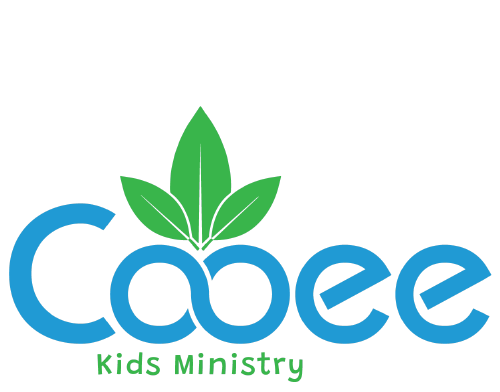Narration in Children’s Church
What It Is, Why It Matters, and How to Grow in It
In the vibrant world of Children’s Church, narration is more than storytelling—it’s a spiritual bridge. It connects biblical truth to a child’s heart, weaving wonder, wisdom, and worship into every word. Whether you’re guiding a room full of wiggly preschoolers or leading a thoughtful group of tweens, your narration can shape how they see God, themselves, and the world.
What Is Narration?
Narration is the art of speaking with purpose—bringing Scripture, lessons, and spiritual truths to life through voice, tone, and timing. It’s not just reading aloud or giving instructions. It’s how we carry the message.
In Children’s Church, narration includes:
- Bible storytelling with emotion and clarity
- Lesson transitions that keep kids engaged
- Prayer guidance that invites reverence
- Skits and dramatizations that make truth tangible
- Object lesson explanations that spark curiosity
Types of Narration in Ministry Settings
Here are five key types of narration you might use in your classroom or stage setting:
1. Dramatic Narration
Used in skits, puppet shows, or character storytelling. It involves expressive voices, pacing, and sometimes costumes or props.
2. Reflective Narration
Gentle, thoughtful delivery—often used during prayer times, altar calls, or when unpacking deeper truths like forgiveness or obedience.
3. Interactive Narration
Includes questions, pauses for responses, or “choose-your-own-ending” style storytelling. Great for engaging kids in the lesson.
4. Instructional Narration
Used to guide crafts, games, or challenges. Clear, upbeat, and often paired with visual aids or demonstrations.
5. Transitional Narration
Bridges one activity to the next. It keeps momentum flowing and helps children understand the spiritual thread connecting each part of the service.
How to Grow Your Narration Skills
Whether you’re a seasoned teacher or just stepping into ministry, narration is a skill you can cultivate. Here’s how:
1. Practice with Purpose
- Record yourself reading a Bible story aloud. Listen for tone, clarity, and pacing.
- Try narrating a skit script with different emotions—joy, sadness, awe.
2. Learn from Others
- Watch children’s ministry videos or listen to audio Bible stories.
- Observe how narrators use pauses, emphasis, and rhythm.
3. Warm Up Your Voice
- Do vocal exercises before teaching—hum, stretch your mouth, breathe deeply.
- Hydrate and avoid whispering or shouting.
4. Use Visuals and Movement
- Pair narration with gestures, props, or object lessons.
- Let your body language reinforce your message.
5. Know Your Audience
- Adapt your narration style to age group and setting.
- Use vocabulary and metaphors that resonate with kids (e.g., “God’s love is like a warm blanket on a stormy night”).
6. Pray Over Your Words
- Ask the Holy Spirit to guide your tone and timing.
- Remember: narration isn’t performance—it’s ministry.
Narration is one of the most powerful tools in your teaching toolkit. When done with intention and heart, it turns lessons into encounters and stories into seeds of faith. So speak boldly, gently, creatively—and let your voice echo God’s truth in every child’s heart.
Is your Children’s Church staging a Christmas performance in Big Church? You’ll find helpful tips in this blog: Countdown to Christmas Performance: Preparing Your Children’s Church Class to Shine https://cooeekidsministry.com.au/countdown-to-christmas-performance/
Download these free Christmas plays that use Narration:
Animal Crackers: https://cooeekidsministry.com.au/wp-content/uploads/2018/11/Animal-Crackers.pdf
The Christmas Paper Chain Challenge: https://cooeekidsministry.com.au/wp-content/uploads/2019/12/The-Christmas-Paper-Chain-Challenge.pdf
The Director’s Cut: https://cooeekidsministry.com.au/wp-content/uploads/2024/10/The-Directors-Cut.pdf

